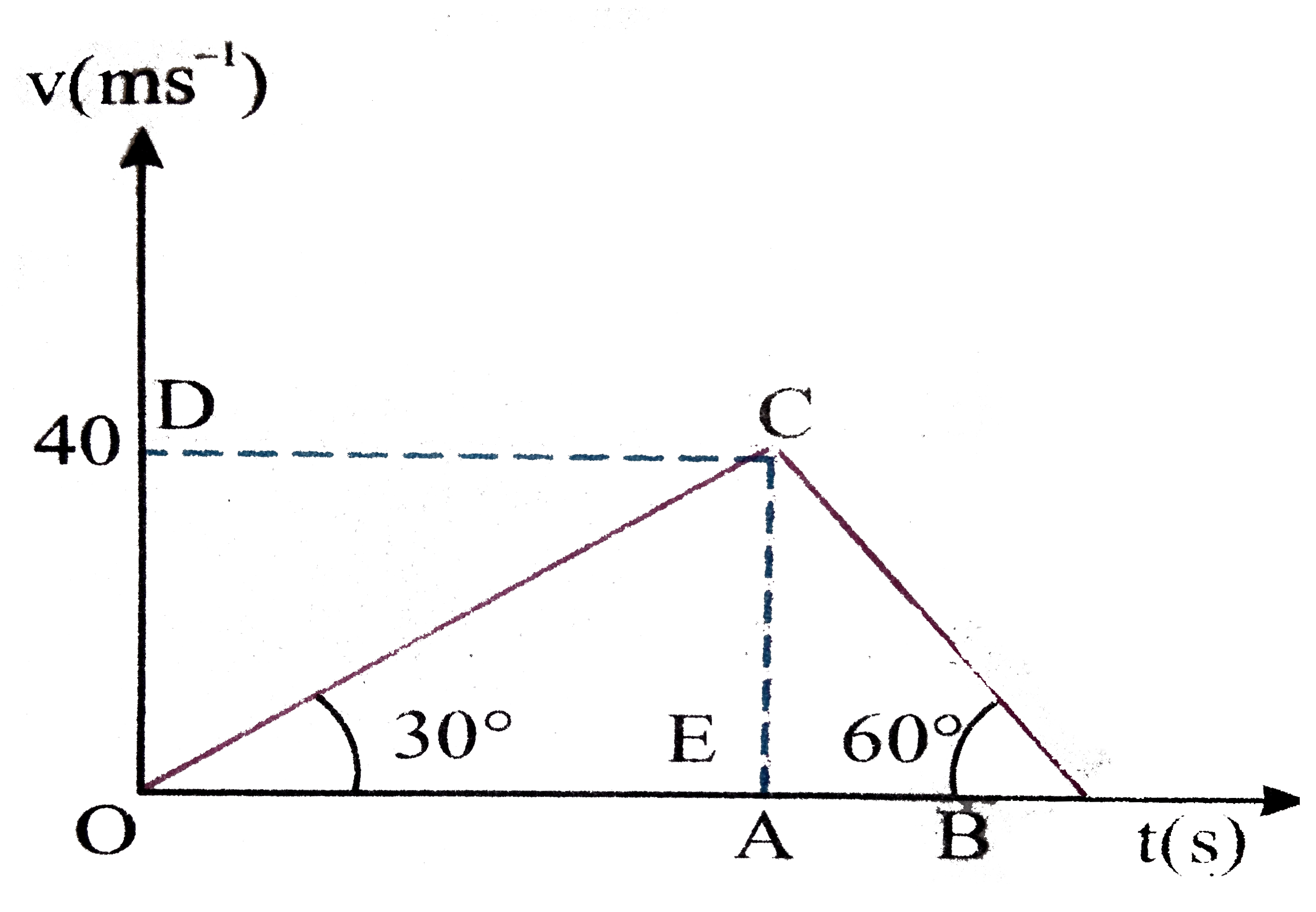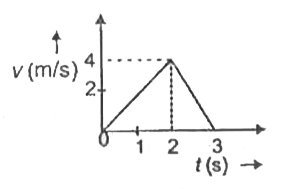Velocity versus time graph of a body is shown in figure. It explains that

At B acceleration is zero
At B there is a acceleration but towards motion
At B there is a acceleration but opposing the motion
Acceleration are equal at A, B and C
Step by step video & image solution for Velocity versus time graph of a body is shown in figure. It explains that by Physics experts to help you in doubts & scoring excellent marks in Class 12 exams.
Updated on:21/07/2023Topper's Solved these Questions
Similar Questions
Knowledge Check
The velocity-time graph of a body is shown in the figure, it implies that at point B
 Athe force Is zeroBthere is a force toward motionCthere Is a force which opposes motionDthere is only gravitational force
Athe force Is zeroBthere is a force toward motionCthere Is a force which opposes motionDthere is only gravitational forceThe velocity-time graph of a body is shown in figure. The ratio of magnitude of average acceleration during the intervals OA and AB is
 A1B12C13D3
A1B12C13D3The velocity versus time graph of a body moving in a straight line is as shown in the figure below
 AThe distance covered by the body in 0 to 2s is 8mBThe acceleration of the body in 0 to 2s is 4ms−2CThe accelerationof the body in 2 to 3s is 4ms−2DThe distance moved by the body during 0 to 3 is 6 m
AThe distance covered by the body in 0 to 2s is 8mBThe acceleration of the body in 0 to 2s is 4ms−2CThe accelerationof the body in 2 to 3s is 4ms−2DThe distance moved by the body during 0 to 3 is 6 m
The velocity − time graph of a particle is as shown in figure

View SolutionThe velocity versus time graph of a body moving along a straight line is as shown in figure. The ratio of displacement and distance covered body in 5 second is :-

View SolutionThe displacement time graph of a body is shown in figure. The velocity-time graph of the motion of the body will be

View SolutionThe velocity versus time graph of a body moving in a straight line is as follows. The distance travelled by the body is 5 sec is

View SolutionThe velocity-time (v – t) graph of a body is shown in the figure. For the intervals OP and PQ, the ratio of the distances covered is

View Solution
